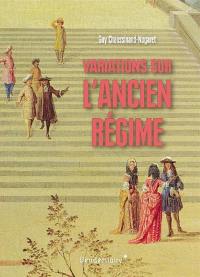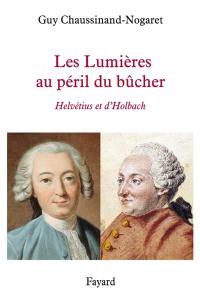
Fiche technique
Nb de pages : 12 pages
Poids : 450 g
Dimensions : 12cm X 19cm
EAN : 9782910352394
Versailles
Quatrième de couverture
The Second Empire saw the château used for more pleasurable pursuits and, occasionally, for political purposes - themes pursued by the subsequent Republics. For a time, Napoleon III revived the Versailles of Louis XIV, in honour of Queen Victoria in 1855 and the King of Spain in 1864, although shortly after the château was to become the witness of national humiliation. On 18 January 1871, Wilhelm I of Prussia had the German Empire proclaimed at a ceremony in the Hall of Mirrors, to the mortification of the French. For several years, Versailles then became the republican centre for political decision-making. With the Commune blocking Paris, the President and the chambres retreated to the palace in Versailles.
Under the Third and Fourth Republics, the two chambres met here in congress to elect the President and, under the Fifth Republic, parliamentarians revised the Constitution in Versailles. Consequently, Versailles was the setting for one of the most symbolic acts of Republican France. It is also a jewel in which the pomp, ceremony and prestige of the Republic was flaunted. To the great receptions held here from 1900 onwards should be added a new function : in the restored Trianon the Republic receives guests of the government, and the palace is regularly chosen as the most prestigious setting that France can offer for political gatherings such as negotiations bringing together the world's heads of state. An example of this was the 1982 summit, which impressed dignitaries from the world's major powers, at which the splendours of Louis XIV were briefly revived.
As a monument of national consciousness, Versailles remains deeply embedded in the French soul as a guarantee of its continuity and a historical pledge to its future.














